How to Teach Maghrib Prayer Step by Step to Kids
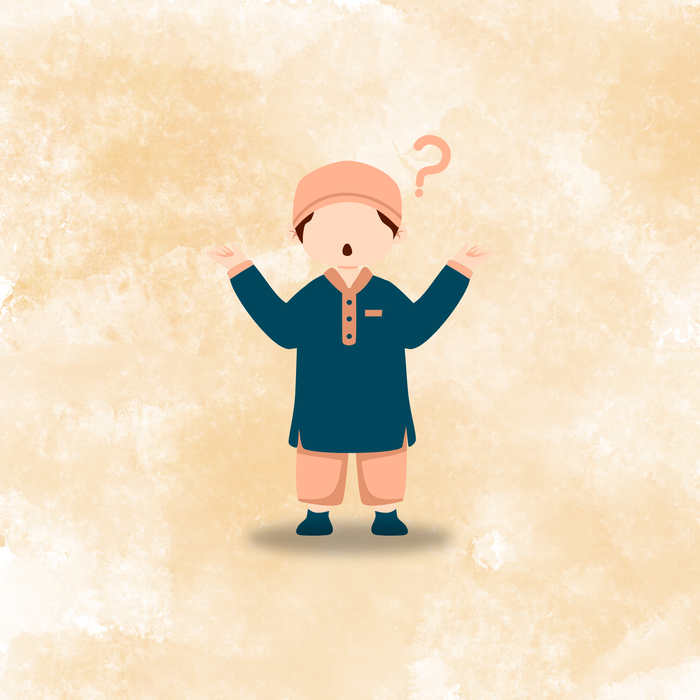
Message from the writer: "Every prayer has its own beauty, but Maghrib, with its timing and number of raka’at, feels uniquely special. It is as if Allah invites us to pause and appreciate the short transition from day to night in His remembrance. On that reflection, I want to share the meaning behind Maghrib’s three raka’at and how families can teach children and experience this prayer together with love and understanding."
Why Maghrib Prayer Is Special
Maghrib marks the end of the day and the beginning of night. It is a peaceful moment to pause, reflect, and thank Allah for His blessings. Unlike Fajr, which has two raka’at, or Dhuhr, Asr, and Isha, which each have four, Maghrib has three.
When children understand that every prayer has its own rhythm and meaning, they start to see Salah as something more than a routine. They begin to appreciate it as a way of showing gratitude to Allah for every part of the day.
“Indeed, I am Allah. There is no deity except Me, so worship Me and establish prayer for My remembrance.”
(Surah Taha, 20:14)
This verse reminds us that prayer is not just about form, but about remembering Allah in our hearts.

Maghrib Prayer Step by Step for Beginners and Kids
Breaking Salah into small steps helps children learn without feeling overwhelmed. You can teach Maghrib in a simple and structured way:
-
-
Niyyah (Intention): Face the Qiblah and make the intention to pray Maghrib.
-
Takbir: Raise both hands and say “Allahu Akbar.”
-
Qiyam (Standing): Recite Surah Al-Fatihah and another short Surah such as Al-Ikhlas or Al-Falaq.
-
Ruku (Bowing): Bow and say “Subhana Rabbiyal Adheem” three times.
-
Sujood (Prostration): Prostrate and say “Subhana Rabbiyal A’la.”
-
Tashahhud (Sitting): After the second raka’at, sit and recite At-Tahiyyat.
-
Final Raka’at: Stand again for the third raka’at, recite Al-Fatihah only, then complete the prayer with tashahhud and salam.
-
Teaching children step by step gives them time to absorb each movement and phrase, slowly building confidence and familiarity.
When Children Lose Track During Prayer
It’s completely normal for children to lose track of where they are in Salah or forget how many raka’at they’ve prayed. Instead of correcting them strictly, use these moments as gentle opportunities for learning.
Ask them questions like, “How many times did we bow?” or “Which part comes next?” These little prompts help them focus and remember naturally. Over time, their awareness grows, and prayer becomes smoother and more mindful.

Make Learning Salah Fun with the Interactive Kids Prayer Mat
To make Salah easier to understand, the Smart Interactive Kids Prayer Mat can be a wonderful helper. It guides children through each step of the prayer with touch-sensitive buttons, lights, and real recitations.
Children can hear the correct du’as and Surahs, follow along with audio instructions, and see visual cues for positions like sujood and ruku. The mat also teaches how many raka’at are in each prayer, helping them remember that Maghrib has three.
It’s a hands-on, screen-free way to turn prayer time into something exciting and interactive.
Pray Maghrib Together as a Family
Children learn best by watching their parents. Try praying Maghrib together every evening. Even if your child is only watching or following along, the experience itself will build routine and comfort.
After praying, ask them small reflection questions like, “Why do we pray Maghrib?” or “What did you thank Allah for today?” This helps them see Salah as a conversation with Allah, not just a set of actions.
The Meaning Behind the Three Raka’at
You can also explain that each prayer is designed with wisdom. Maghrib’s three raka’at come at the time when day turns into night, a moment to thank Allah for the light of the day and to seek His peace for the evening.
When children understand the meaning behind what they do, prayer becomes something they love and look forward to, rather than something they must do.
Final Reflection
Teaching children Maghrib prayer step by step is about more than memorising movements. It’s about nurturing love, patience, and consistency in their hearts.
With gentle guidance, daily practice, and tools like the Interactive Kids Prayer Mat, your child can learn Salah with joy and confidence. And as they grow, the lessons they learn in Maghrib will shape their connection with Allah for a lifetime.
FAQs
1. Why is Maghrib prayer a good place to start teaching kids Salah?
Maghrib is short, with only three raka’at, and happens early in the evening when families are usually together. It’s the perfect time to practise prayer with children without rushing bedtime or school routines.
2. How can I make prayer time less stressful for my child?
Start small and make it positive. Focus on short steps, use calm reminders, and celebrate small progress. Children learn best through joy, not pressure. Tools like the Interactive Kids Prayer Mat help them stay engaged and excited.
3. What’s the best way to teach the meaning behind each prayer?
Link every prayer to a feeling or moment. For example, Maghrib is about gratitude for the day that just ended. When you connect emotions to prayer times, children begin to see Salah as something real and meaningful.
4. How is the Interactive Kids Prayer Mat different from other prayer mats?
It’s a fully guided learning tool, not just a mat. It teaches Wudu, Adhan, and every prayer position with real audio recitations. It also lights up to show where to place hands and feet, making it ideal for beginners and young learners.
5. Can the Interactive Kids Prayer Mat be used for all five prayers?
Yes, it includes every daily prayer (Fajr, Dhuhr, Asr, Maghrib, and Isha) with the correct number of raka’at and recitations. It grows with your child as they become more confident in their Salah routine.
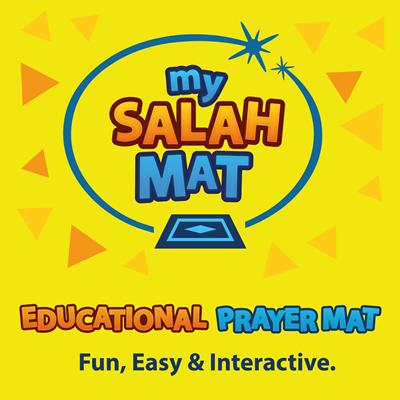


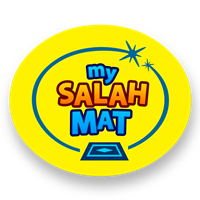



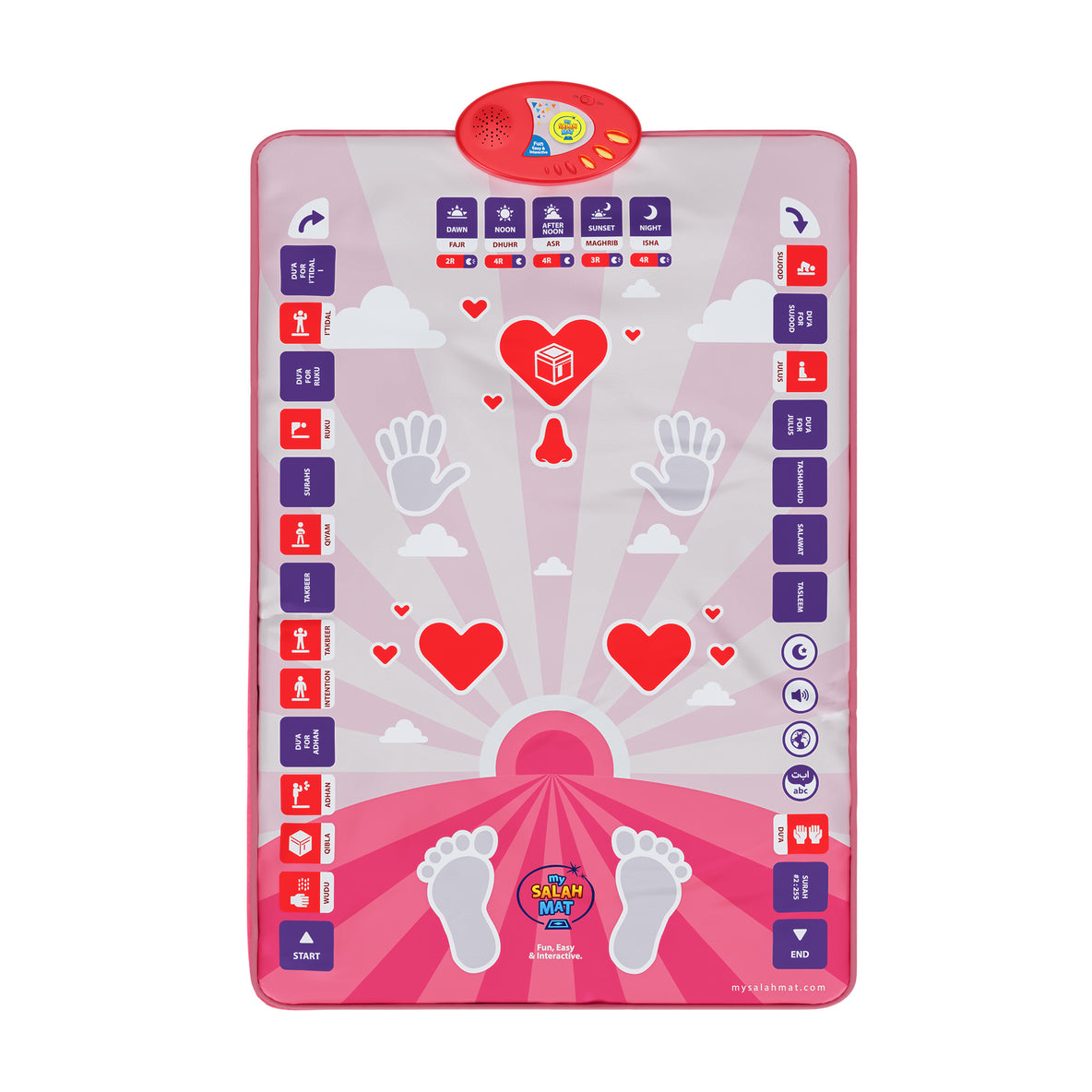
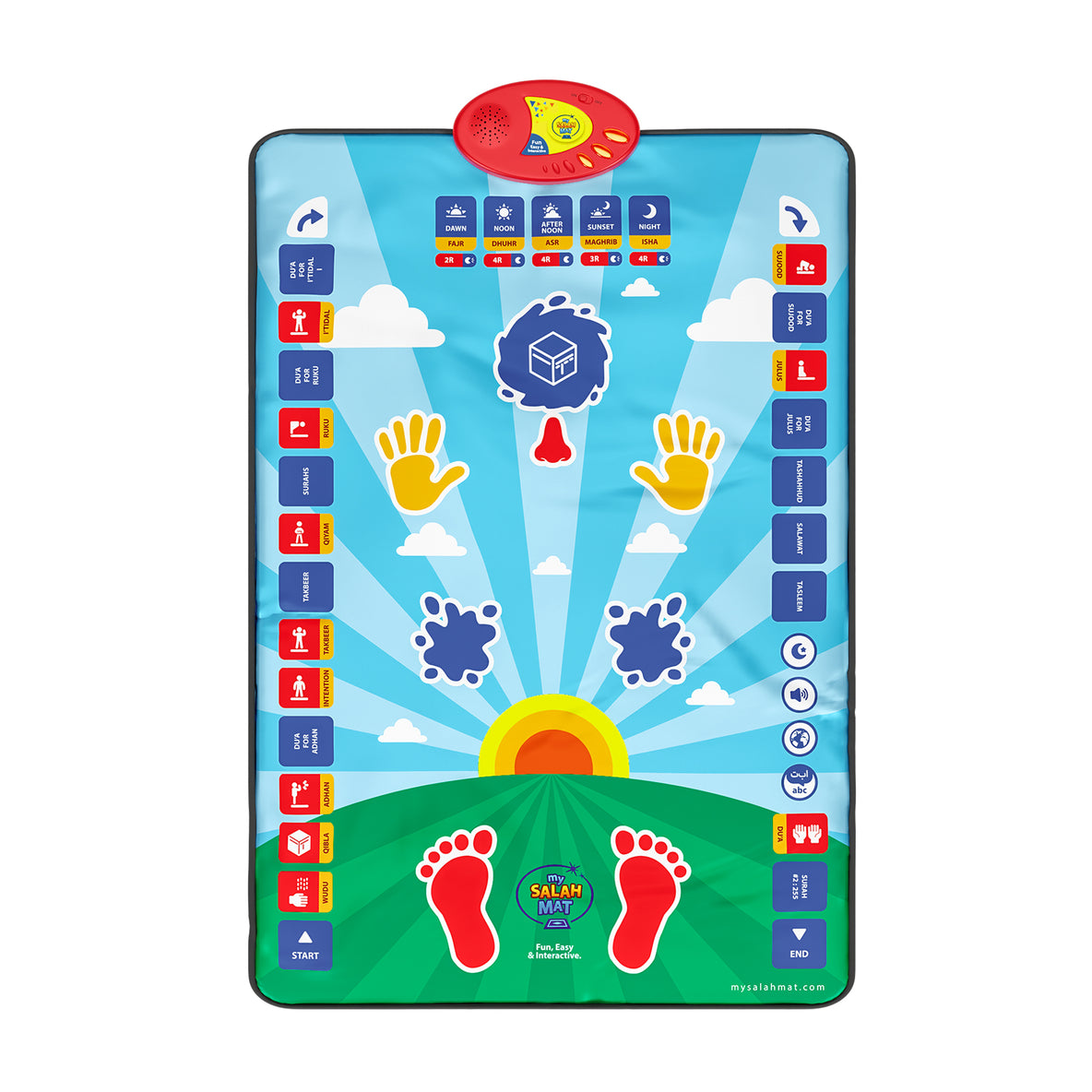








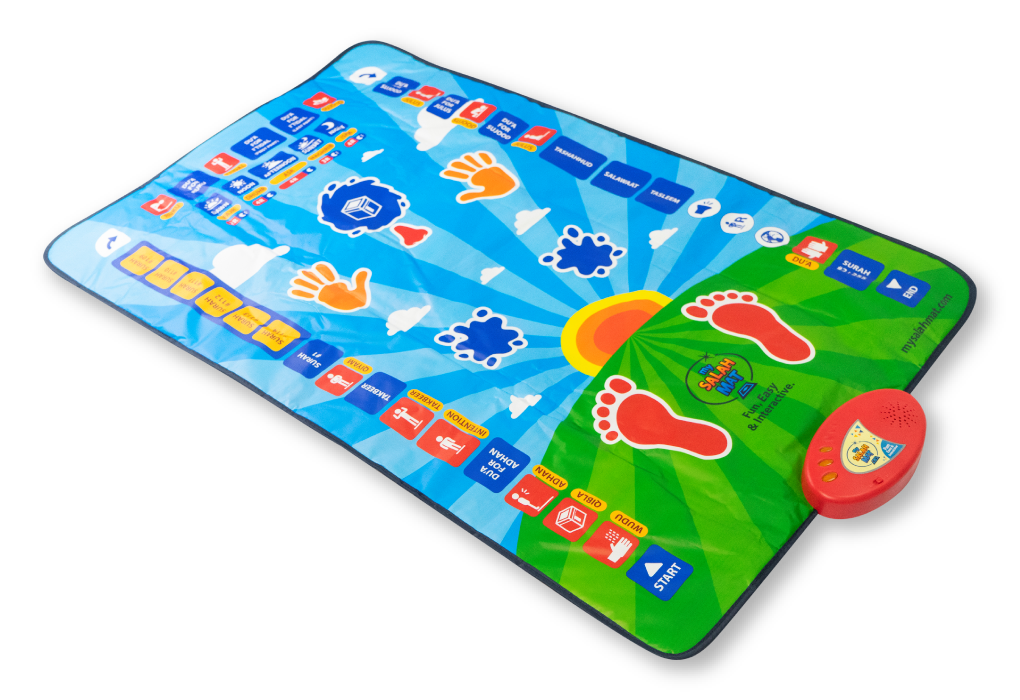 Liquid error (snippets/@AlternatingContentX line 127): Could not find asset snippets/CustomTexts-.liquid
Liquid error (snippets/@AlternatingContentX line 127): Could not find asset snippets/CustomTexts-.liquid
Dec 03, 2025 • Posted by Aasia ahmed
Salam I recently purchased the interactive salah mat. Why does the salah mat only pray 2 rakahs when I press on magrib it doesn’t pray the 3 rakahs for magrib